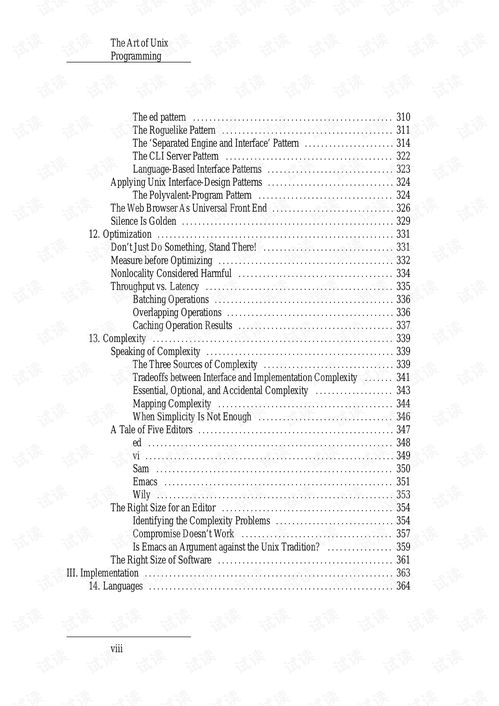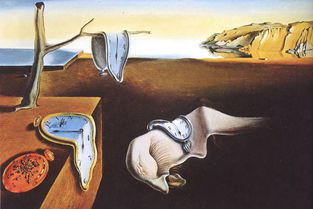In the serene world of angling, there lies a treasure trove of knowledge and experience that can elevate even the most novice fisherman into a seasoned pro. Sharing fishing tips and tricks is not just about imparting wisdom; it's about fostering a community of anglers who can grow together in their passion. Let's explore how to effectively communicate your fishing prowess and inspire others to cast their lines with confidence.
Understanding the Angler's Language
Before diving into the specifics of sharing fishing techniques, it's important to understand the language and culture of fishing. Here's how you can broach the topic with ease:
Start with a Personal Connection: Begin by sharing a personal story of a successful fishing trip or a particularly challenging one. This sets a relatable context for the tips you're about to share.
Use the Right Jargon: Familiarize yourself with fishing terminology to make your advice sound informed and credible. For example, instead of saying "let's cast the line," you might say "we should work the lure with a steady retrieve to mimic natural prey movements."
Be Clear and Concise: Avoid technical jargon that might confuse beginners. Break down complex techniques into simple steps.
Incorporate Visuals: If possible, use diagrams or videos to illustrate your points. Visual aids can be particularly helpful when explaining how to tie knots or rig lures.
Top Fishing Tips to Share
Now, let's delve into some essential fishing tips that you can confidently share with fellow anglers:
Choosing the Right Gear: Start by discussing the importance of selecting the right rod, reel, and line for the type of fish you're targeting. Explain the differences between braided and monofilament lines, and how to match your tackle to the fish's habits.
Understanding Fish Behavior: Share insights into the habits and patterns of the fish you're targeting. For instance, explain how fish may be more active during certain times of the day or in specific weather conditions.
Effective Lure Presentation: Teach others how to work lures effectively. Discuss different retrieves, such as the stop-and-go technique, and how to adjust them based on water conditions and fish behavior.
Tie Strong Knots: Knot tying is a fundamental skill in fishing. Share your knowledge of knots like the Palomar Knot, the Clinch Knot, and the Improved Clinch Knot, emphasizing the importance of a secure connection.
Reading the Water: Explain how to read the water, including how to spot fish holding areas and how to approach them without spooking them.

Bait Selection: Discuss the importance of using the right bait or lure for the species you're targeting. Share tips on where to find the best bait and how to prepare it.
Weather and Tides: Offer insights into how weather and tide patterns can affect fish behavior and how to use this knowledge to your advantage.
Safety First: Always emphasize the importance of safety on the water. Share tips on how to dress appropriately, how to handle equipment safely, and how to avoid common fishing accidents.
The Art of Communication
Once you have a wealth of fishing knowledge to share, it's time to think about how to communicate it effectively:
Interactive Platforms: Consider creating a blog or YouTube channel where you can share your tips and tricks. This allows for interaction with your audience through comments and questions.
Workshops and Seminars: Organize or participate in local fishing workshops and seminars. This is a great way to share your knowledge in a more hands-on environment.
Social Media: Utilize social media platforms to share quick tips and engaging content. Remember, visuals can be a powerful tool in social media.
Online Forums: Join online fishing forums and communities. This is an excellent way to share your expertise and learn from others.
Collaborate with Other Anglers: Partner with other experienced anglers to create content. This can help you reach a wider audience and provide a more diverse range of tips and tricks.
By following these guidelines, you can become a valuable source of information for fellow anglers, helping to spread the joy of fishing and improve the skills of those who share your passion. Happy fishing and happy sharing!












